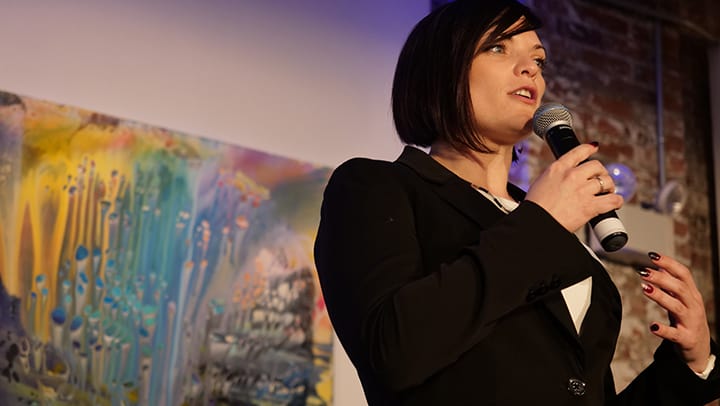Most designers try to strike a balance between the two ideals: conceptual integrity and empathic anticipation. Stephen Taylor outlines three skills designers need to strike the balance.
This post has been adapted and updated from an earlier post published on August 11, 2020. * author’s note: I have interviewed many young hopeful designers throughout my career and the struggle is real on both sides. The interviewee doesn’t always know what to do and how to prepare, and for the interviewer to not have to struggle through listening to a poorly thought out presentation. I have taught this method a few times and received extraordinary results from designers who have used it to stay engaged with their interviewers. There is a high level of professional maturity in being able to be engaging and interact during your interview. Use the following tips to improve your chances of receiving more job offers.
Job seeking is hardly ever a fun process. We spend hours pouring over every word in our resumes and checking and rechecking the layout of our portfolios. (Read my other articles on resume and portfolio building here!) The one thing that is often overlooked is teaching designers how to tell the story of their work. We are storytellers, visually, by the nature of our work, but when it comes to speaking about it, we often ramble on and on over tidbits that seem so important in the moment, but when you look up and see the glazed-over look of the person you are speaking to, you may realize you have overdone it. The following article provides a concise framework to help you think through the content of your message and how to keep the other party thoroughly engaged. The act of interacting with your audience brings your professionalism to another level and showcases your skills in communication and relationship building.
This first portion of learning this framework is to help designers identify and prioritize the significant parts of projects they want to discuss with potential employers, or anyone else when presenting their work during the interview process. I have combined a visualization tool (Storyboard Frame) that most designers are familiar with and the STAR methodology that focuses on succinctly explaining projects for interviews. Designers can feel free to sketch and write content as they use this method to suit their needs.
As a foundation, it intends to guide designers to consider their career or project story thoughtfully; about what to say, how to say it, and how to find a thread to weave together a project description in 10 minutes or less. I recommend keeping the presentation short so that the designer may use the subsequent minutes to engage with the hiring manager and create a more conversational environment, encouraging questions and increasing engagement during the interview process. Never afraid to pause between frames to ask questions or take a moment to bring the interviewer into the storytelling.
Use a storyboard to sketch or write out in six easy frames a simplified and impactful explanation of each project you are showcasing in your interview in time blocks and a concise manner.

A few things to keep in mind:
I hope that this method will help guide you to be concise about the information you share during the precious minutes you have during an interview to make your best impression. Being prepared helps you project confidence and control and subsequently showcases a strong professional image that perpetuates engagement and interactivity when you have the expertise to share. Every moment of a shared interaction adds to building a mutual rapport. This will increase your chances of being remembered and equip you with continued confidence in the story you can share about your career.
Please note this is a guide to help you, but it is meant to be flexible for your needs. Take the time to practice telling your story to people around you to ensure your story is clear and can be followed by anyone. Good luck!